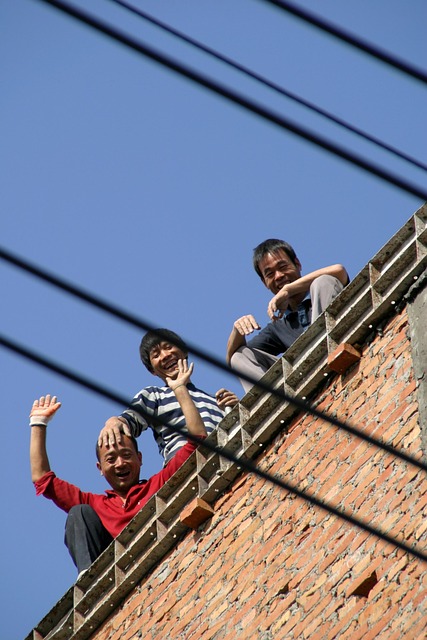Southwestern architecture captivates with its diverse styles, blending modern aesthetics and historical influences from Pueblo, Navajo, and Spanish colonial traditions. This unique blend is reflected in the real estate market, where properties showcase natural materials, open spaces, and intricate details that connect residents to the region's environment and heritage. The seamless integration of indoor-outdoor living and cultural motifs attracts buyers seeking both a beautiful home and a deep sense of place in the Southwest. Modern developments honor this architectural legacy while adapting to contemporary lifestyles, making southwestern real estate a sought-after choice for those who appreciate both history and innovation.
Uncover the enchanting world of southwestern architecture, where distinctive styles meet natural charm. From the vibrant landscapes to the rich cultural tapestry, this region boasts unique real estate that captivates buyers and investors alike. Explore the diverse influences that shape its architecture—historical, cultural, and environmental—and discover how these elements drive market trends. Dive into our guide to uncover the secrets behind the region’s enduring allure in the competitive real estate market.
Discovering the Distinctive Styles: A Journey Through Southwestern Architecture

Exploring southwestern architecture is like embarking on a journey through a vibrant tapestry of unique styles and influences. This region, renowned for its breathtaking landscapes, also boasts a rich architectural heritage that reflects both its history and modern sensibilities. In real estate, these distinctive features are highly sought-after, drawing buyers and investors who appreciate the charm and character these architectural elements bring to properties.
From the clean lines and open spaces of contemporary southwestern designs to the intricate details and organic shapes inspired by traditional Pueblo and Navajo cultures, each style tells a story. Navaja hoods, low-slung buildings, and stucco walls are just some of the elements that contribute to this region’s distinct architectural identity. These styles not only enhance the curb appeal of properties but also create inviting spaces that connect residents with their surroundings, offering a genuine sense of place in the heart of the Southwest.
Integrating Nature and Culture: Key Elements of Charm in Real Estate

In the realm of real estate, the unique charm of southwestern architecture lies in its seamless integration of nature and culture. Key elements that define this captivating blend include the use of natural materials like adobe and stone, which not only evoke a sense of history but also harmonize with the surrounding landscapes. Large, open windows and doors allow indoor-outdoor living, inviting the vibrant desert scenery into homes and fostering a deep connection with the natural environment.
Cultural influences are similarly woven throughout, with traditional designs featuring intricate wooden carvings, detailed tile work, and symbolic motifs that tell stories of the region’s rich heritage. These elements not only add aesthetic appeal but also create a sense of place for residents and visitors alike, making southwestern real estate a true testament to the harmonious union of nature and culture.
Historical Influences Shaping Modern Market Trends

The historical influences that have shaped the southwestern region’s architecture play a significant role in modern real estate trends. The unique blend of indigenous, Spanish colonial, and Mexican styles has created a distinctive aesthetic that captivates buyers and renters alike. These architectural elements, passed down through generations, are now highly sought-after features in today’s market. From the intricate adobe construction to the vibrant color palettes inspired by local landscapes, these historical touches have become synonymous with the region’s charm.
Real estate developers and designers take inspiration from this rich history to create contemporary homes that honor the past while catering to modern lifestyles. The integration of traditional details into modern floor plans allows for a seamless transition between old and new, ensuring that the region’s architectural heritage remains celebrated and preserved in the face of evolving design trends.






